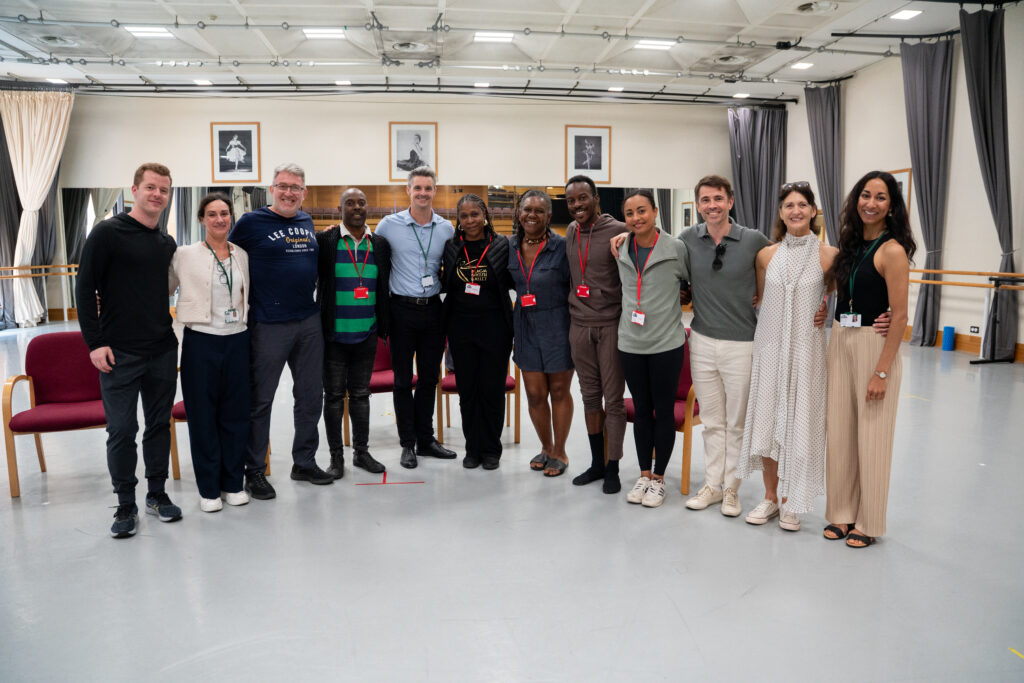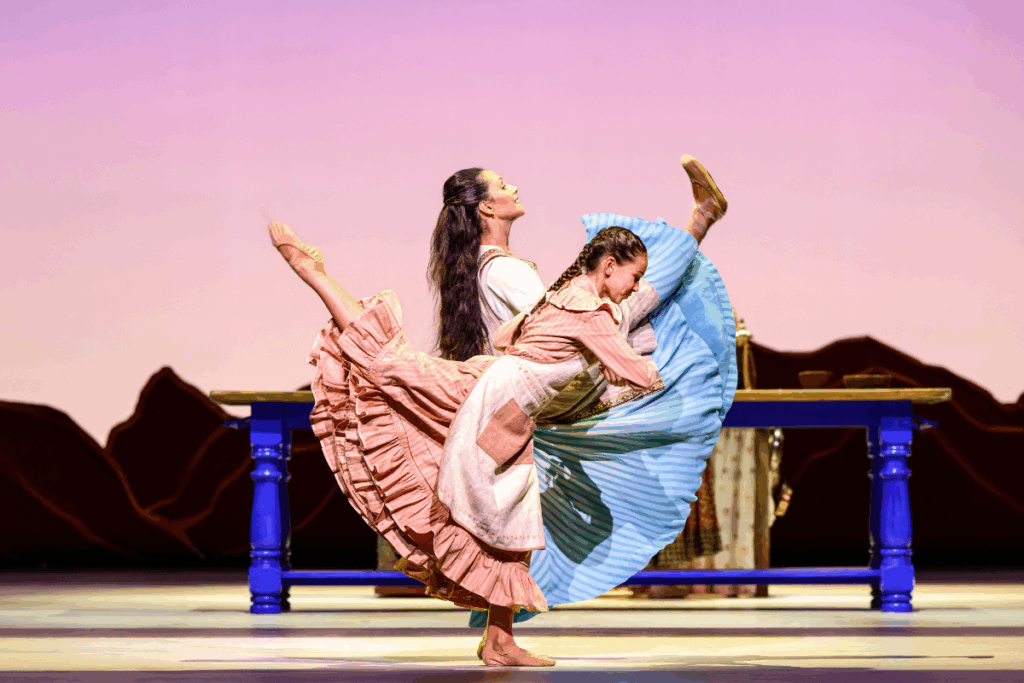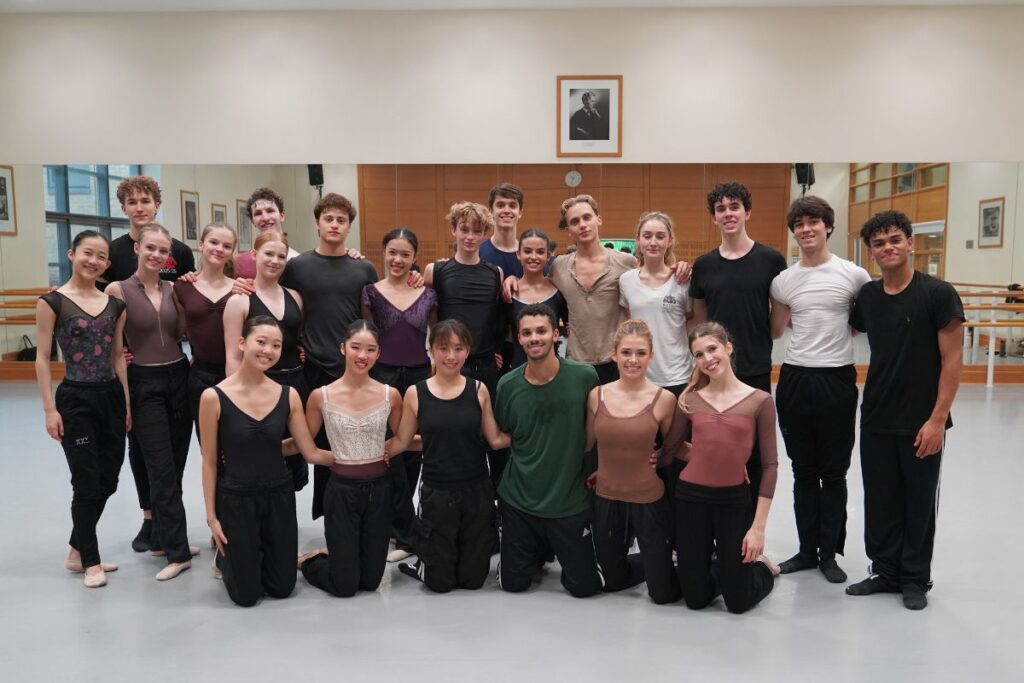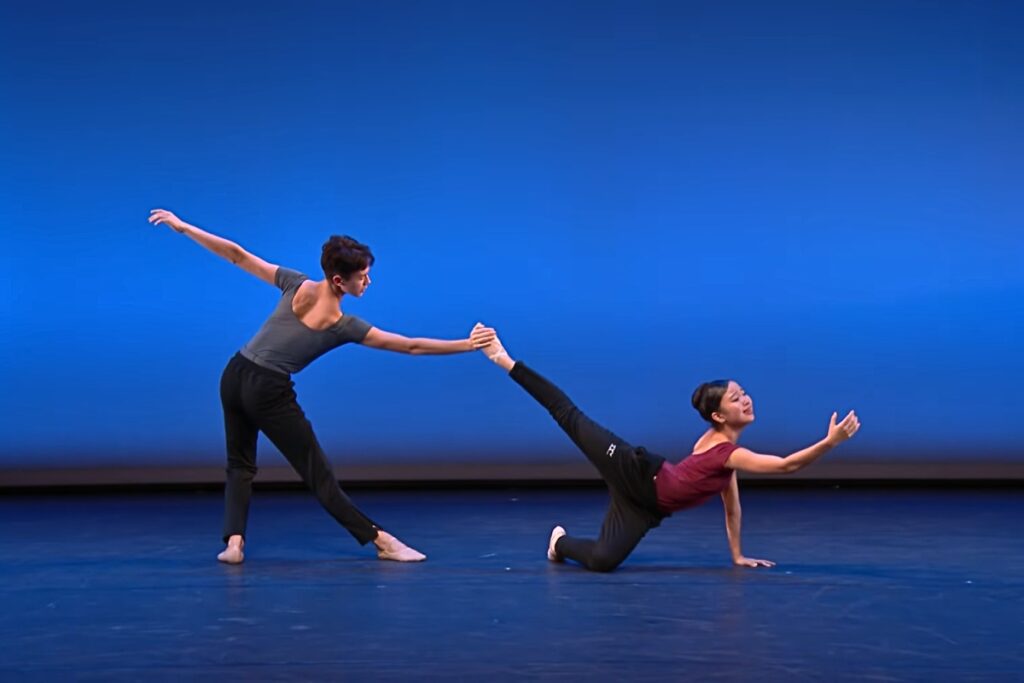Celebrating representation and legacy: Black British Ballet at Upper School
As part of our ongoing collaboration with Black British Ballet, we have been proud to offer their mentorship programme to support and inspire our Black students. This important initiative is aimed at fostering representation and providing role models within the ballet world.
On Friday 13 June, we were delighted to welcome Black British Ballet to the School for a special day of celebration, reflection and learning. All Upper School students had the opportunity to visit their powerful Pioneers of Black British Ballet exhibition, followed by a series of inspiring workshops and a panel discussion.
The event, which was also open to staff and alumni, provided a valuable opportunity to explore the rich history and contributions of Black dancers in British ballet. It also served a vital purpose: helping to improve the talent pipeline by connecting students with the lived experiences of those who’ve come before them.
School alum Shevelle Dynott, Darren Panton, and Chantelle Phillips (Gotobed) led practical workshops for students, before joining a panel discussion led by Artistic Director Iain Mackay, alongside Dr Sandie Bourne and Marsha Lowe from Black British Ballet. Each shared their stories with honesty and insight, offering reflections on their careers and advice for the next generation.
- Darren Panton began his journey at the School at just eight years old, joining as a Junior Associate. He would go on to become the first Black student to graduate from White Lodge, forging a path for those who followed
- Shevelle Dynott also started as a Junior Associate and was the first student from The Royal Ballet’s Chance to Dance programme to join the School. He spoke candidly about the challenges of growing up without visible role models in ballet, and the importance of drawing inspiration from family and peers
- Chantelle Phillips (Gotobed), who graduated in 2006, encouraged students to have self-belief, work smart and be perseverant. Her career has taken her across ballet, film, television and modelling, and she credited her ballet training for the discipline and resilience that supported her transitions across industries.
The panelists spoke about how the industry has evolved—and where work still needs to be done. They encouraged students to recognise their unique selling point:
‘What seasoning can you add to make yourself stand out?’
They reminded students that there are opportunities both inside and outside the world of dance, and that true artistic growth comes from stepping outside your comfort zone. Key messages included:
‘You need to be the best you before you can be the best dancer.’
‘It’s important to keep a balance between the energy you spend inside the ballet world and outside the ballet world.’
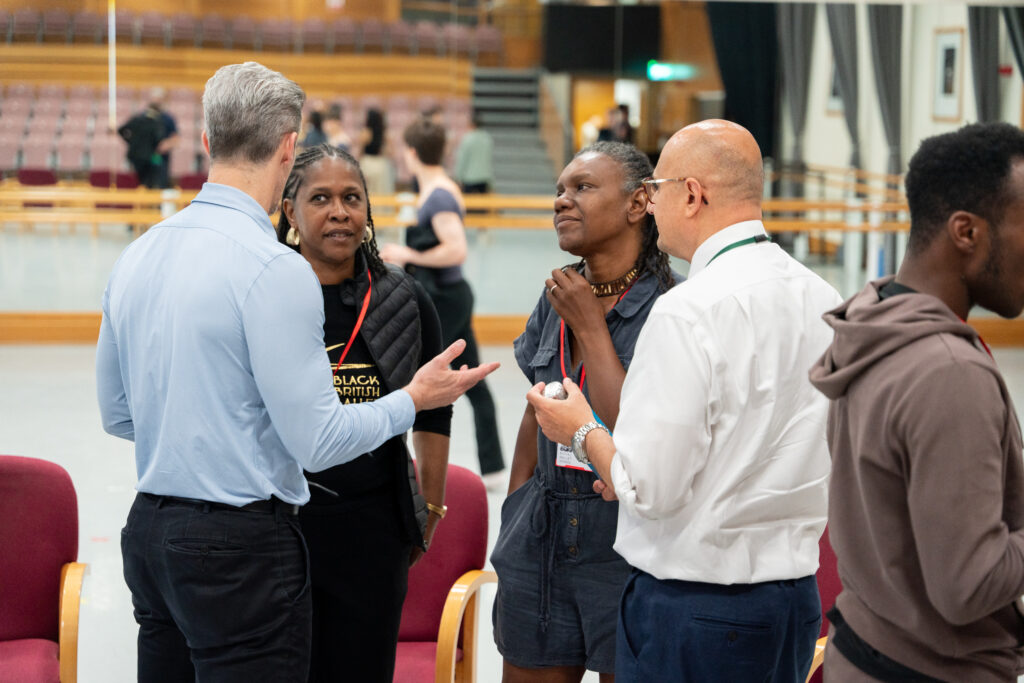
The event is part of the wider Black British Ballet project, created by Oxygen Arts and based on the PhD research of Dr Sandie Bourne. The project includes a website showcase, a children’s book, a Windrush-themed ballet production, a feature-length documentary, and the touring exhibition featured at the School.
Dr Bourne’s research began with a fundamental question:
Where were the Black British ballet dancers, and why weren’t they being represented?
Through her work, and through the voices of those featured in this initiative, one truth becomes clear: Black dancers must be included in the history of ballet because ballet should belong to everyone—regardless of the colour of their skin.
Funded by National Lottery Heritage Fund, the exhibition featured Black British ballet dancers from across the history of the School, including: Dr Adesola Akinleye, Simon Archer (Smith), Paul Bailey, Denzil Bailey, Jerry Douglas, Shevelle Dynott, Mark Elie, Julie Felix, Brenda Garratt-Glassman, Vincent Hantam, Christian Holder, Adam James, Patrick Lewis, Ben Lowe, Greta Mendez MBE, Michael Moor, Johaar Mosaval, Darren Panton, Chantelle Phillips (Gotobed), Rachel Afi Sekyi, Jay Skeete-Lee, Tyrone Singleton, Carol Straker, Samantha Webb (Binah), Noel Wallace, Dr Patrick Williams, Evan Williams, Henderson Williams, Richard Witter


